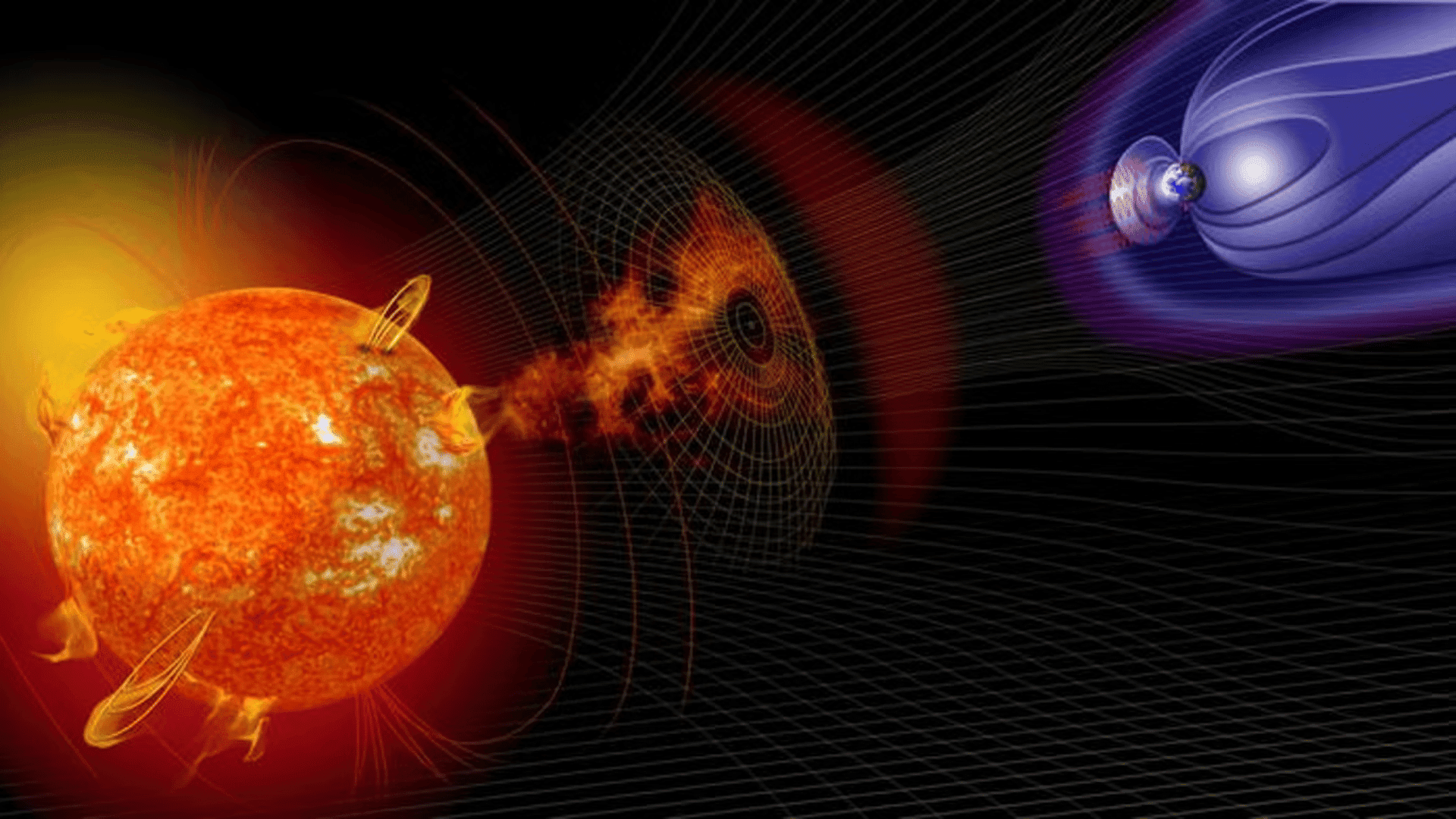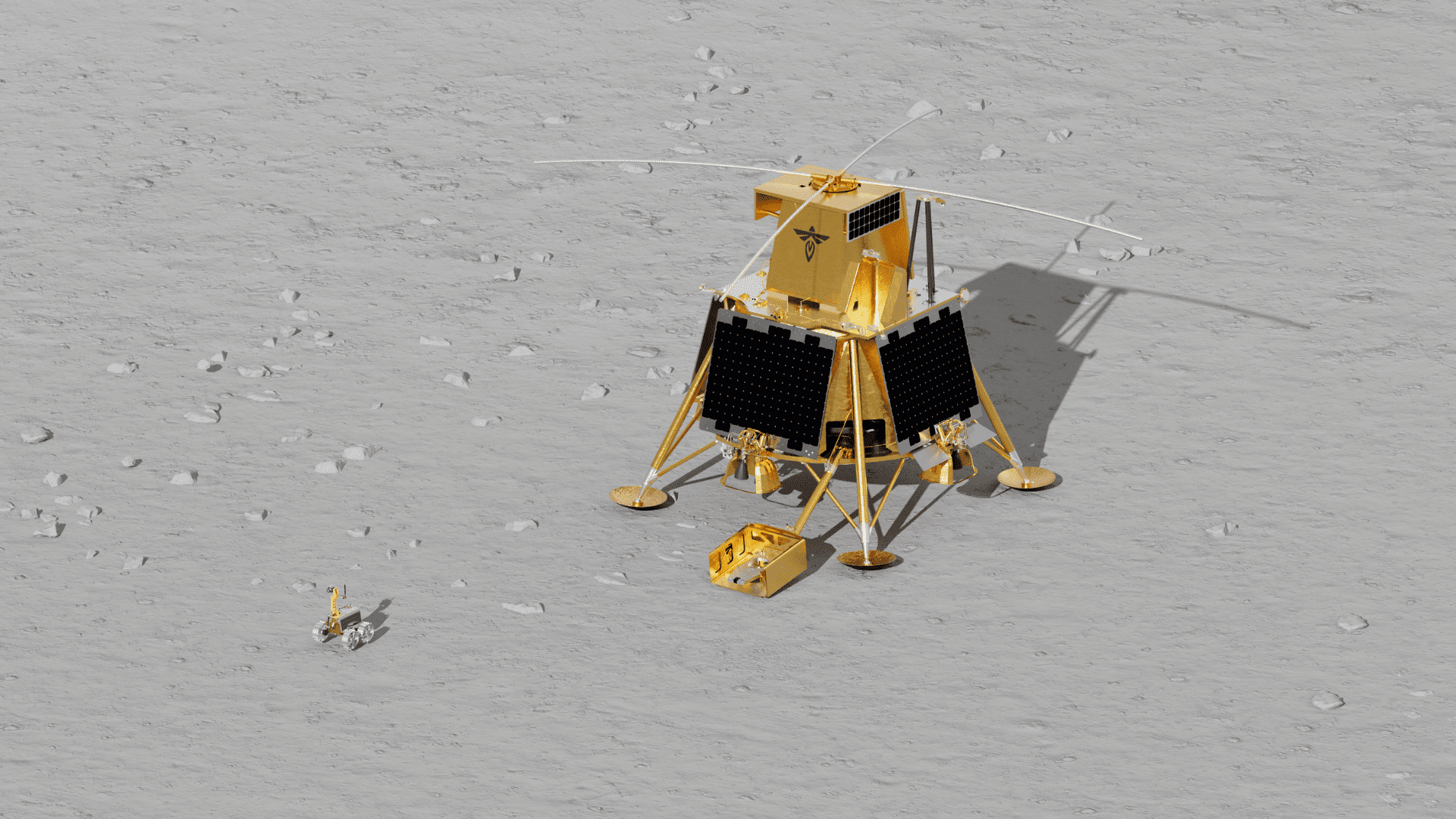NASA is currently warning of heightened solar activity that could lead to auroras and power outages on Earth.
The sun itself has weather, and solar flares are like its storms or sudden releases of magnetic energy that can ripple all the way to Earth. The increased solar activity is because the Sun is at the peak of its 11-year cycle, also known as the solar maximum period. This is due to the star’s magnetic poles flipping, resulting in its transition to an active, stormy state.
Solar Maximum

NASA’s Solar Dynamics Observatory recently recorded the strongest solar eruption of 2025 from a newly formed sunspot region. The flare, classified as an X2.7 (the most intense category), resulted in radio blackouts in portions of the Middle East. According to the National Oceanic and Atmospheric Administration (NOAA) in the U.S., high-frequency radio signals were disrupted for approximately 10 minutes.
NASA cautions that continued flares from the Sun’s active region may impact “radio communications, electric power grids, navigation signals, and pose risks to spacecraft and astronauts”. The Sun’s most active region is currently rotating to face the Earth, which means we’ll likely see more extreme space weather in the coming weeks.
“There are currently up to five sunspot regions on the facing side of the Sun, with a new, apparently magnetically unipolar region rotating into view over the southeastern solar horizon,” the Met Office noted in its latest space weather forecast.
Supercharged Auroras
These increased solar flares could also lead to auroras caused by coronal mass ejections, or when charged solar particles pass through Earth’s atmosphere, resulting in the colorful phenomena we know as the Northern and Southern Lights. Researchers stated that, as it aligns with Earth, the sunspot AR4087 could lead to supercharged auroras.
“This is getting intense,” space photographer Vincent Ledvina wrote in a social media post. “Especially as this active region turns closer into view.”







